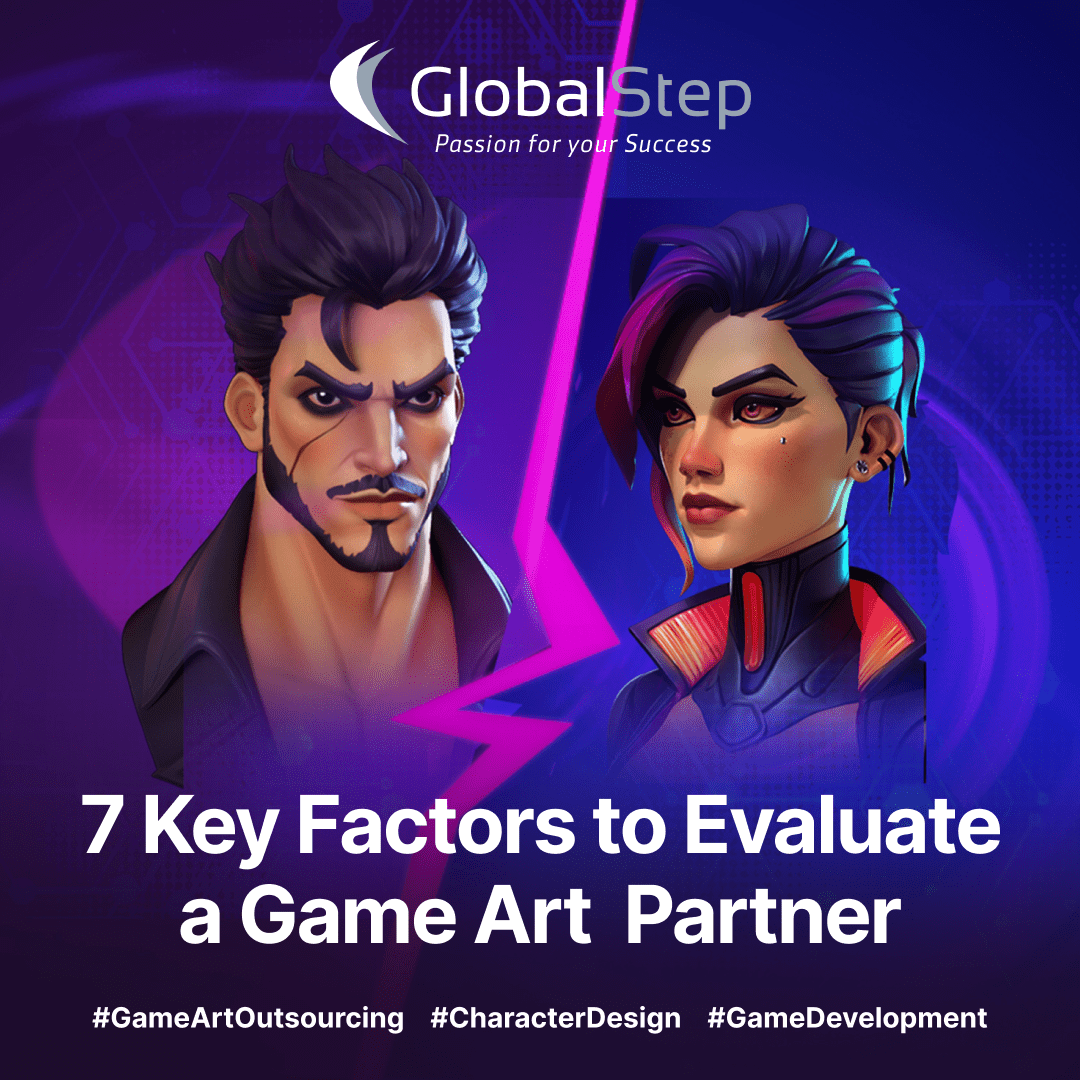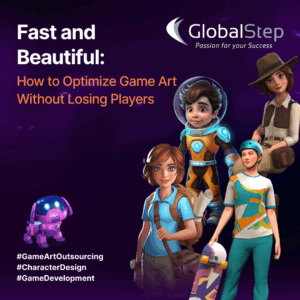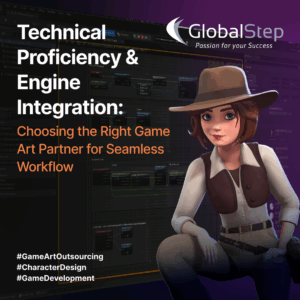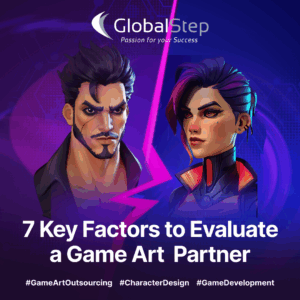Breeding digital cats can earn their owners thousands of dollars? Gamers can earn a living buying, battling, and spawning digital monsters? By combining gaming, NFTs, and the blockchain, this reality is very much true.
Cryptokitties and Axie Infinity are just two examples of how NFTs and blockchain are changing the world of gaming as we speak.
However, it is still early dawn for these emerging technologies. Today, we’ll be diving deep into this topic and how NFTs and blockchain have massive implications for the gaming industry by enabling true digital ownership over virtual property.
First off, let’s answer some questions you might have.
What Is Blockchain?

Also known as distributed ledger technology (DLT), a blockchain is essentially a record that anyone can add to, nobody can change, and that isn’t controlled by any person or entity.
The fundamental concept of blockchain is a ledger with multiple digital copies spread out over multiple locations. These locations are called nodes, which often refer to individual computers with copies of the ledger.
This is why blockchain is decentralized: no one person or entity has control over the information kept in the record. The information is instead distributed among the many nodes making up the network.
Blockchain also helps to track assets easily. An asset can be either tangible or intangible: in the former case, we’re talking about anything like a house, a car, or cash. In the latter case, we’re talking about intellectual property, copyrights, etc.
What makes blockchain unique is that virtually anything can be tracked and traded on a blockchain network, which reduces risk and cuts costs for everyone involved.
“The whole point of using a blockchain is to let people — in particular, people who don’t trust one another — share valuable data in a secure, tamperproof way.”
— MIT Technology Review
What Are NFTs?
While most digital tokens are fungible (every token is the same as every other token), non-fungible tokens are all unique. Think of them like rare, one-of-a-kind collectibles. NFTs can be traded across different blockchain protocols and between users themselves. NFT transactions can be programmed onto both traditional blockchains (e.g. Ethereum) and NFT-specific blockchains (e.g. ERC721).
The NFT standard is the way blockchain-based assets are represented digitally — therefore, NFTs can be used for anything that can be digitally represented (e.g. digital art, music, video game character skins, in-game assets such as weapons and equipment). NFT game items give gamers ownership over their virtual goods and allow them to trade freely via NFT marketplaces on blockchain protocols.
What Role are NFTs Play in the Gaming Industry?
CryptoKitties, first released in November 2017, was one of the earliest blockchain gaming applications released out into the wild. It allowed users to breed and collect digital cats, each with their own unique NFT identifiers known as cattributes. Each cat had different cattributes based on its genetics (e.g., eye colour and fur length). CryptoKitties peaked at nearly $12 million dollars traded within its first month of release.
Another early example of blockchain gaming is Spells of Genesis, which is an NFT-powered trading card game that was built using the blockchain platform developed by EverdreamSoft called BitCrystals. The mission behind SoG was to merge NTF technology with existing gaming mediums such as trading cards and role-playing games, forming one cohesive gaming system. NFTs, in this instance, are used to enhance the game itself by allowing players to make purchases with their NFT cards within the game (rather than using fiat currencies).
As NFT adoption has grown among game developers, gamers have started to see NFT trading implemented directly into their favorite games. NFT-based projects that allow gamers to use NFTs to provide new avenues for gaming experiences have already been developed, such as blockchain-based player-vs.-player battles and NFT-storefronts where players can purchase NFTs from other gamers.
One of these games is Thetan Arena. This is a blockchain-based game that allows users to battle each other for control of the Thetan blockchain. Players can use NFTs to represent their troops, and the victor of each battle will take over the NFTs of the defeated player.
Moreover, NFTs can also be used to purchase in-game items and upgrades. Thetan Arena officially launched in November 2021. In the first seven days, it accumulated a total of 3 million registered users and has since achieved #1 on App Store in 11 countries with over 6 million registered users.
However, it’s not just indie developers who are powering this new wave of games. More established video game developers are increasingly seeking to implement NFTs into their games. Game developer giant Ubisoft, for example, has been at the forefront of NFT adoption in the gaming industry. In addition to their “digits” NFT, they have also released a blockchain-based gaming ecosystem called “Quartz”.
Quartz allows users to interact with each other and purchase in-game items from each other. NFT trading is growing in popularity among gamers as more NFT gaming applications emerge into the market. This includes non-fungible assets from “World of Warcraft,” “Diablo 3,” “Overwatch” and various popular video game skins traded using NFT protocols such as OpenSea and Rarebits.
The Environmental Impact of Blockchain Technology
A blockchain is maintained by a network of computers that uses a proof-of-work (POW) consensus algorithm to verify transactions. The POW algorithm requires a large amount of energy to operate, which has led to concerns about the environmental impact of blockchain technology.
Several alternative consensus algorithms have been proposed in order to address these concerns.
For reference, a consensus algorithm is a procedure through which all the peers of the Blockchain network reach a common agreement about the present state of the distributed ledger. In this way, consensus algorithms achieve reliability in the Blockchain network and establish trust between unknown peers in a distributed computing environment. Essentially, the consensus protocol makes sure that every new block that is added to the Blockchain is the one and only version of the truth that is agreed upon by all the nodes in the Blockchain.
One such algorithm is Proof-of-Stake (POS). With POS, holders of the cryptocurrency can participate in the validation of transactions on the network. This greatly reduces the energy requirements needed to support a blockchain network. To address the concerns around energy requirements, Ubisoft is using the Tezos blockchain, which uses the POS algorithm, as part of their NFT implementation.
The future of Blockchain Gaming
The future of blockchain gaming is full of NFTs. Game studios no longer have full control over what gamers do with purchased in-game assets, meaning new gameplay features will have to be created to keep players engaged and increase NFT activity. NFTs will give gamers a way to sell, trade, and buy digital items in a decentralised manner — something games could never do before NFTs.
NFTs allow users to create their own gaming content and sell it on NFT marketplaces by encoding NFT-specific rules into the actual asset itself (instead of relying on hidden rules within a centralised gaming application). NFTs are key to blockchain gaming becoming an industry standard in the future.
In the future, NFTs might even be used to represent tokens in games themselves — turning a unique NFT into a rare item or unique perk, which could either give a boost or make a challenge more difficult within a game. This could lower development costs while increasing loyalty among gamers who own the same NFT.
Additionally, NFTs may also implement onto physical gaming accessories (e.g. cards) that will transfer into the digital realm through integration with NFT-specific blockchain protocols.
NFT-powered gaming has been causing a huge shift in not just how gamers interact with each other but also how they’re able to participate in the gaming world. NFT technology is opening up new methods of financial payment that will empower both gamers and developers for years to come.
With all this potential, NFTs hold tremendous opportunity to enhance the gaming experience both fundamentally and aesthetically — at least for those who embrace NFT technology within gaming!





